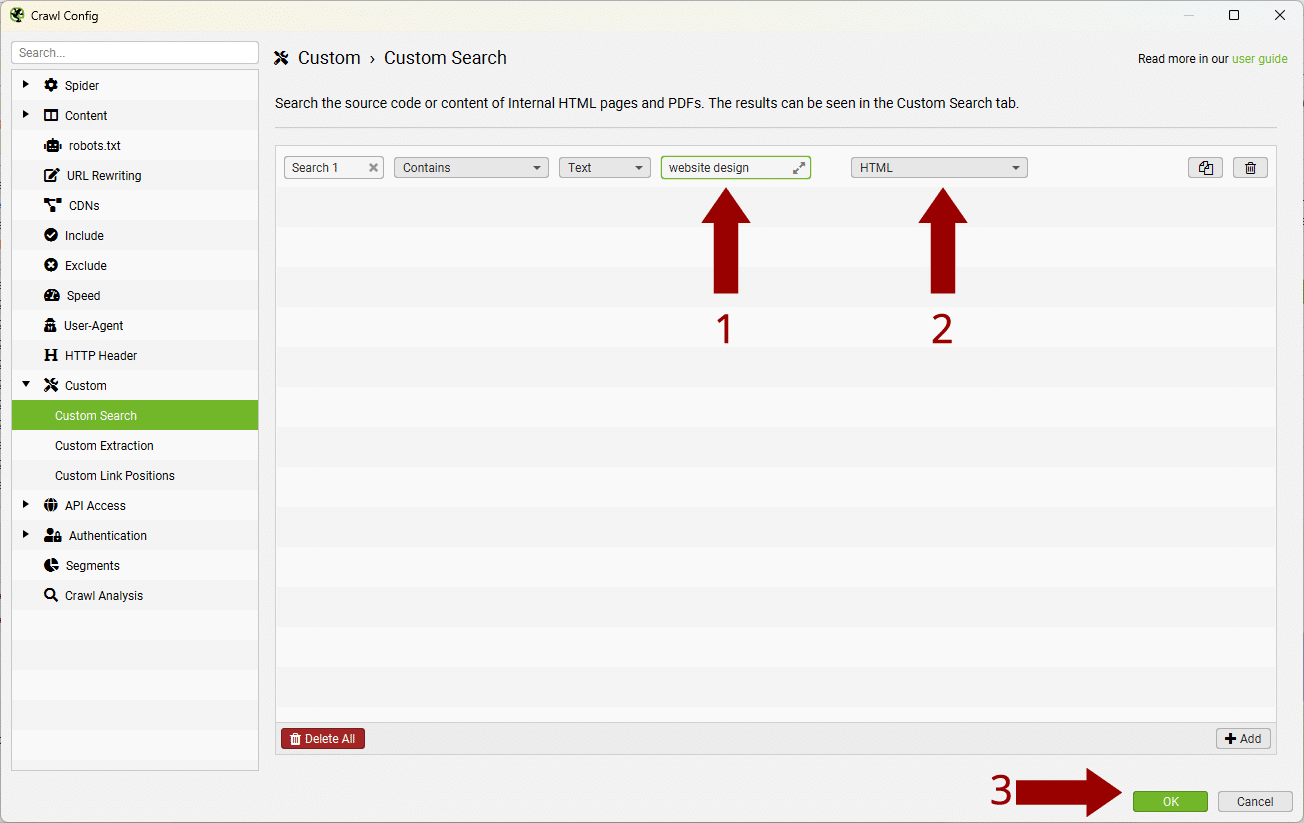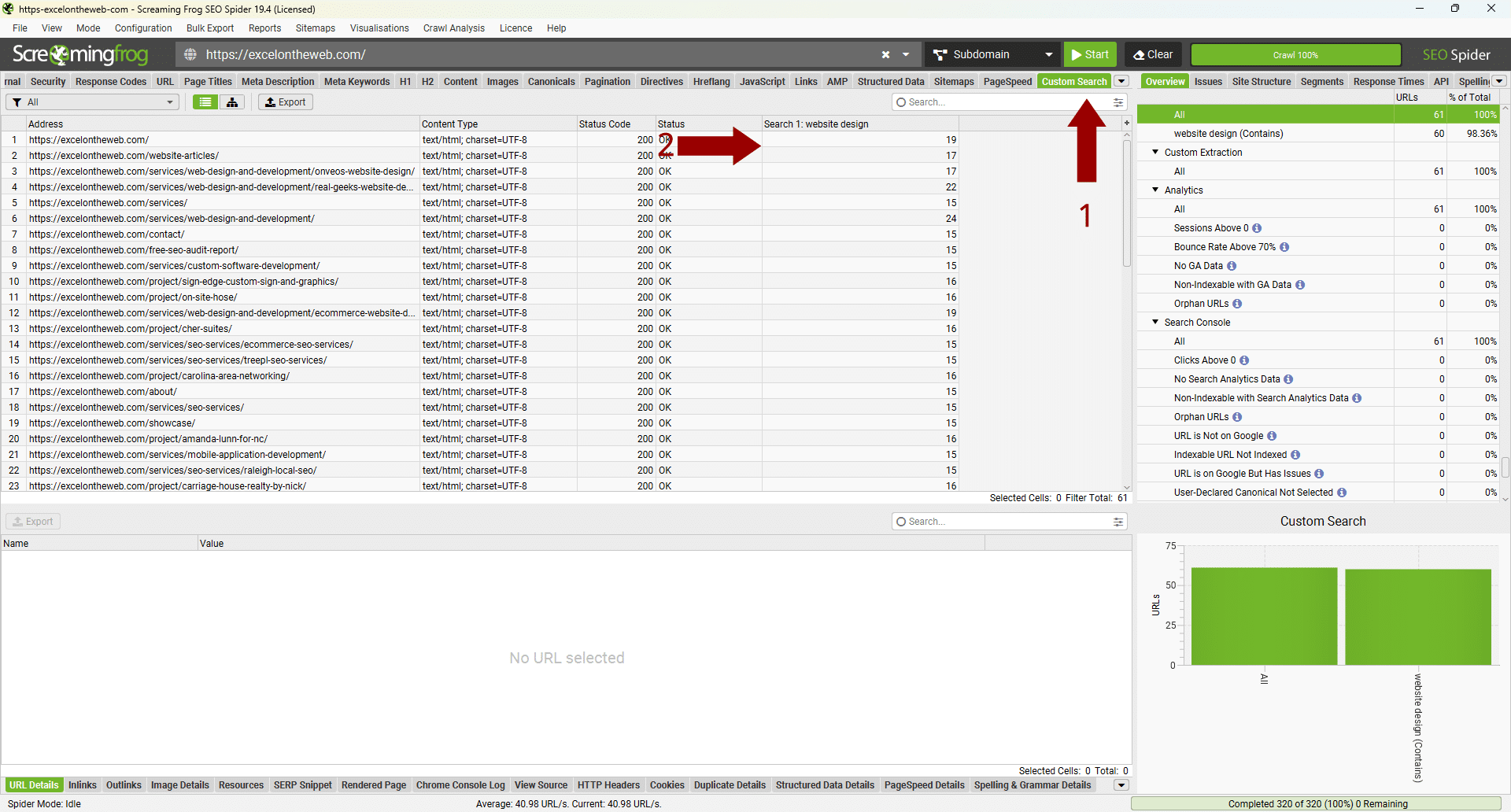How to Search a Website for a Word: 4 Methods
Article
Want To Excel on the Web?

Looking through a website’s content to find a specific word or phrase can sometimes feel like searching for a needle in a haystack. Knowing how to locate specific words on a website is valuable. It can help you when you’re conducting research, verifying information, or satisfying your curiosity.
Save time, improve browsing, access information faster and easier.
This article will explore four effective methods to search a website for a specific word. We tailor each method to suit different scenarios and user needs. We will help you find the information you want on any website. We’ll use your browser’s built-in search capabilities and advanced online tools.
Using the Browser's Built-in Find Function
To find a specific word on a website, use your web browser’s ‘Find’ function. It is simple and effective. This handy tool is a quick solution for pinpointing exact words or phrases on the current webpage you’re viewing.
Almost every modern browser offers this feature. Google Chrome, Firefox, Safari, and Edge all have it. You can access it through a simple keyboard shortcut.
To use the ‘Find’ function, you usually press ‘Ctrl+F’ on Windows or ‘Command+F’ on Mac. This action brings up a small search bar, often at the top or bottom of your browser window. Here, you can type in the word or phrase you’re looking for, and the browser will highlight all occurrences on the page.
This method is beneficial. It helps you quickly scan through large amounts of text. You can jump directly to the relevant sections of the page.
Remember, the ‘Find’ function only searches the text on the current page you are viewing. If you’re looking to search an entire website, you might need to use other methods. But this tool is unbeatably efficient and user-friendly for quick, page-specific searches.


Leveraging Website Search Features
Another method for finding a specific word on a website is using the site’s search feature. Websites often have a search bar at the top for finding content, especially those with a lot of information. This powerful resource scans the entire website’s content. It is ideal for comprehensive searches.
To use a website’s search feature, enter the word or phrase you’re looking for into the search bar and hit enter. The website will then display a list of pages or articles where your search term appears. This method is handy for larger websites or blogs with a lot of content.
Be sure to use effective keywords when searching. Your search terms need to be specific and concise to get the most relevant results. Some websites also offer advanced search options, allowing you to narrow your search by date, category, or other filters.
Remember, the efficiency of this method depends on the website’s search functionality. Some sites have more sophisticated search features so that the experience can vary.


Utilizing Search Engines for Site-Specific Searches
When the website you’re browsing doesn’t have a search feature, search engines like Google can be invaluable. You can also use them to search across many pages. They allow you to perform site-specific searches, which means you can look for a word or phrase only on a specific website.
To conduct a site-specific search, start typing ‘site:’ followed by the website’s URL into the search engine’s search bar. After the URL, leave a space and type the word or phrase you’re looking for.
For example, ‘site:example.com keyword’.
This command tells the search engine to restrict its search to the specified website and look for the entered keyword.
This method is handy for large websites. It leverages the powerful indexing capabilities of search engines. It can find instances of your search term across the entire site, even in places you might not think to look.


Using Screaming Frog for Keyword Search Within a Website
For those delving deeper into website analysis, Screaming Frog offers a powerful way to search for specific keywords across an entire website. This desktop program has comprehensive SEO audit capabilities. It can also be a valuable tool for pinpointing specific words or phrases on a site. To use Screaming Frog for a keyword search, follow these steps:
- Download and Install Screaming Frog: First, download Screaming Frog SEO Spider from their official website. Then, install it on your computer.
- Enter the Website URL: Launch Screaming Frog and enter the website URL you want to search in the search bar at the top. Click ‘Start’ to begin crawling the website.
- Wait for the Crawl to Complete: Depending on the website’s size, this process might take some time. Screaming Frog will go through each page of the site to gather data.
- Use the ‘Custom Search’ Feature: Once the crawl is complete, navigate to the ‘Custom’ menu and select ‘Search’. You can enter the specific word or phrase you’re looking for here.




- Review the Results: Screaming Frog will list all the pages where your specified keyword appears. Clicking on each URL lets you see more details, such as the word’s location on the page.


Using Screaming Frog for keyword searches is particularly useful for larger websites. It’s also helpful in conducting a thorough content audit. It provides depth and precision that browser-based methods can’t match. This makes it an invaluable tool for detailed website analysis.
Navigating websites to find specific words or phrases can be manageable. We’ve explored various methods.
Some, like simple browser shortcuts. Others, like powerful tools like Screaming Frog. Now, you have the tools to search efficiently and effectively.

